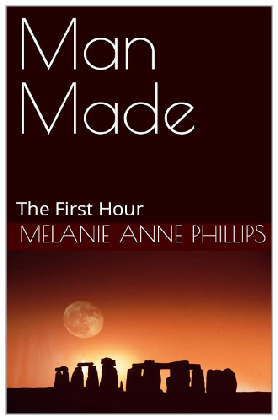|
Write Your Novel |
|
For Story Structure |
|
For Story Development |
|
|

|
|
~ Step 118 ~
Characters -
The middle of act three is often a breathing space for your characters: the calm before the storm. After all the tensions they have endured in the reordering of their relationships at the beginning of act three, they are willing to let the dust settle a bit and rethink their strategies before charging into the inevitable pyrotechnics of the final climax.
In baseball, they call this the "seventh inning stretch." In stories, it is called the middle of act three.
Up to this point, your characters and your readers have been on a roller coaster that's been going higher and higher in fits and starts. In the last part of the third act, the tension will rise up that final highest climb, and then plunge all the way to the bottom as the outcome of the story is determined.
As with a roller coaster, there is more of a thrill if you see that hill coming. So the middle of act three serves two purposes: First, to give your readers a little breathing room, and second, to set them up for the emotional upheaval to come.
If two characters had argued or fought at the beginning of the act, a third character might tell them they can settle their differences later, but if they keep fighting now, everyone will lose the bigger fight. Realizing the truth of this, the two characters would calm down, let the adrenaline clear out of their systems, and then focus on the job at hand with the other party as reluctant allies.
In Volleyball, there is the set-
So, consider what you have coming, consider where you've been, then use the middle of act three to refocus your characters on the overall goal, rather than on each other.
In this step, develop and describe specific instances in which characters are forced by circumstance to put their differences temporarily aside as they address the larger issues of the overall story.